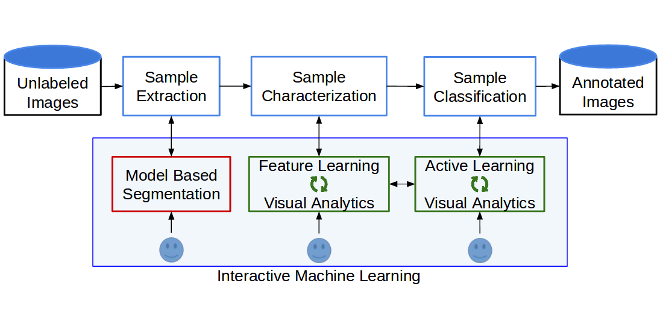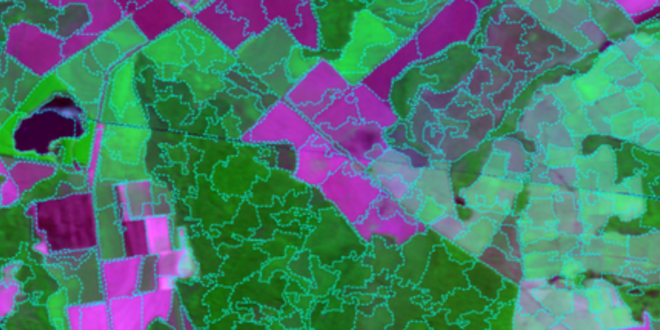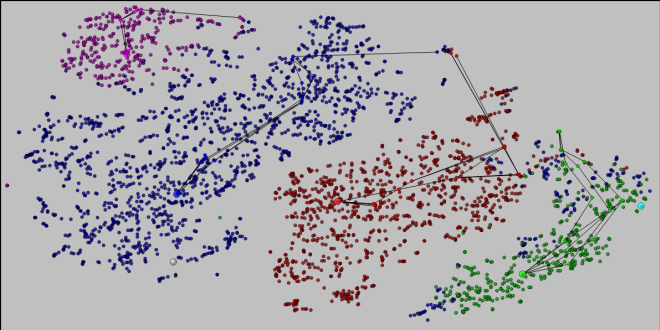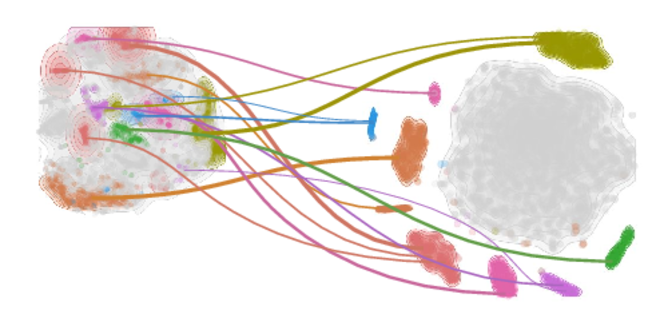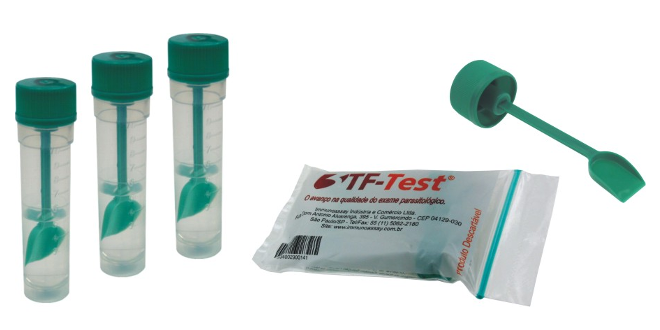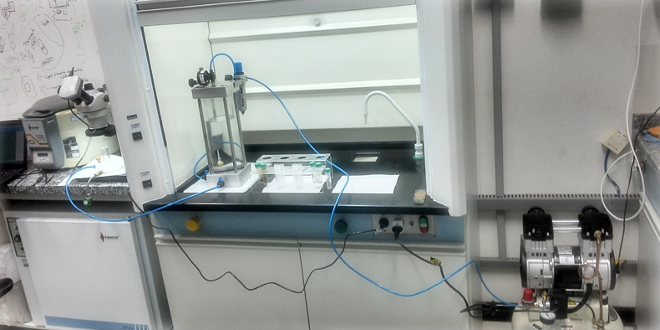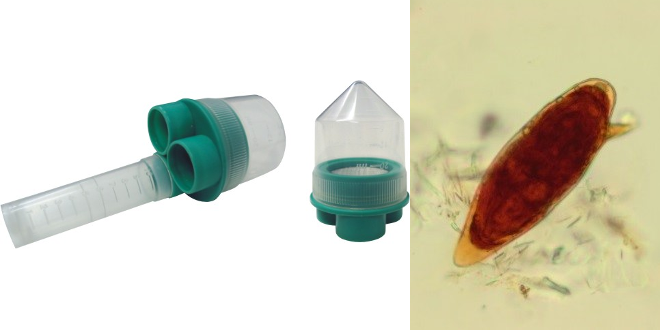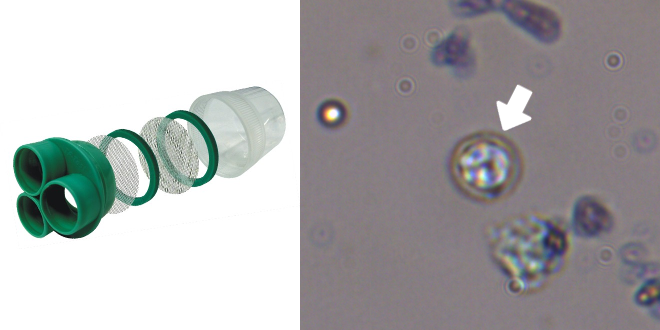A decision-making (-support) system consists of three basic steps: sample extraction, characterization, and classification. In sample extraction, the system needs to isolate the content of interest for image analysis, which may be a superpixel, object, or subimage. Each image may contain from one to multiple samples and the characterization of each sample by a mathematical representation (a vector, a...
Projects
Remote sensing image classification is a challenging and basic task to verify land cover and plan land use. Our strategy has been to segment the image into superpixels for contextual characterization, data organization, and active learning. Given the large size of remote sensing images for expert supervision, we have developed efficient user interaction mechanisms for active learning in order...
Sample characterization often represents samples as points distributed in some multidimensional feature space. The visualization of such data distribution, especially when most samples do not have any annotation, is important to assess the quality of the image descriptor, to identify the representative samples from each class and the most informative samples for active learning, and to understand the behavior...
We have started this project by demonstrating the advantages of visual analytics techniques to understand the deep learning process and to select features for more effective classification. In particular, we have developed ways to visualize and understand the neural activity during back propagation and to identify which neurons are specialized to which categories of the classification problem. We have...
Data clustering based on Optimum-Path Forest (OPF) relies on a suitable estimation of the probability density function (pdf). The method essentially segments the domes of the pdf such that each dome is a cluster (optimum-path tree) rooted at a representative sample. The method has been successfully used for image segmentation and active learning, however, large datasets compromise its efficiency...
This project investigates sequential and parallel algorithms for the Image Foresting Transform (IFT) and the design of image operators using those algorithms. We are currently interested in superpixel segmentation and multiscale surface and curve skeletons of 3D shapes. We are also investigating a correct implementation of the IFT algorithm in parallel. We aim at assessing the results in all previous...
Fapesp (XXXXXXXX)
We have transferred to the market a parasitological technique, named TF-Test, which allows to collect, store, and process feces for visual examination and diagnosis of intestinal parasites in humans. TF-Test is currently in use by approximately 60 Brazilian laboratories, which perform almost 100,000 exams per month. We have continued the investigation to make the TF-Test suitable for the automated...
We have investigated the use of dissolved air flotation in fecal suspension, by using inert chemical collectors for the selective detection of parasites. This breakthrough technology exploits a new principle to select parasites by their electrochemical reaction with micro bubbles of air, making the process free from reagents that affect the morphology of the species of parasites. We envision...
We have developed a new parasitological technique, named TF-Test Quantified, suitable for the quantified diagnosis of Schistosoma mansoni (eggs). This specie of parasite affects over nine million people in Brazil and over one hundred million people in the world. In this project, we aim to automate the detection and quantification of eggs of Schistosoma mansoni by image analysis and...
We have developed a new parasitological technique, named TF-Test Coccidia, suitable for the fecal detection of Oocystis of cryptosporidium spp. –- an important research topic due to the zoonotic potential of this parasite. Its diagnosis requires specific techniques of concentration and permanent staining, which are laborious, costly, and difficult to use in laboratory routine. We aim at validating this...
Latest News See all
-
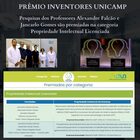 June 28, 2022 19:16
June 28, 2022 19:16IC LIDS receives INOVA Inventors Award
-
 February 26, 2020 20:31
February 26, 2020 20:31Best Student Paper Award at BIOSTEC 2020
-
 March 05, 2020 16:39
March 05, 2020 16:39DAPI is presented to the International Medical Community

